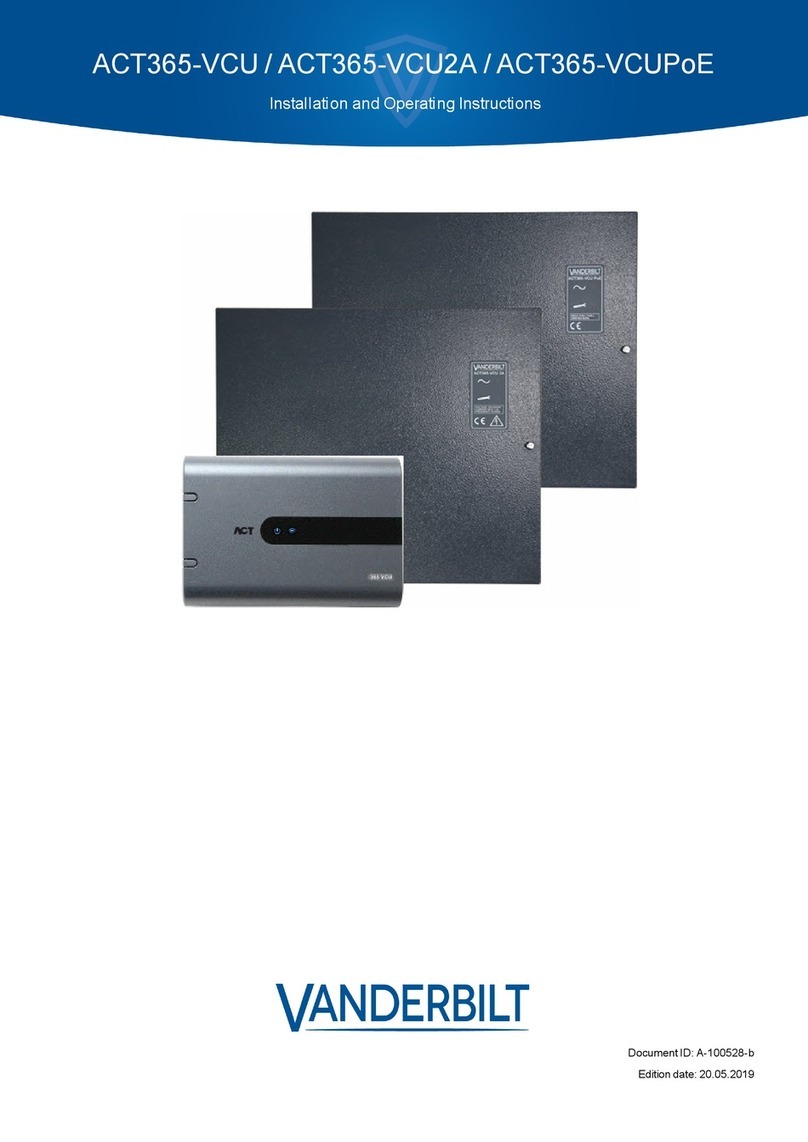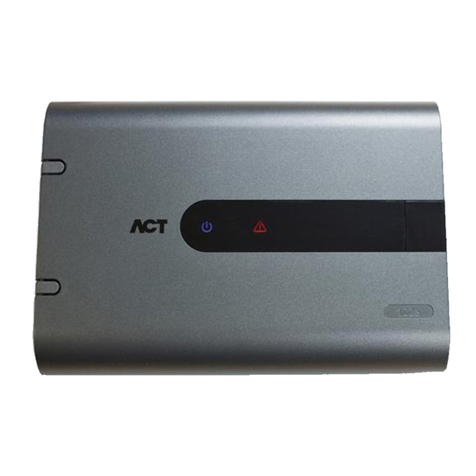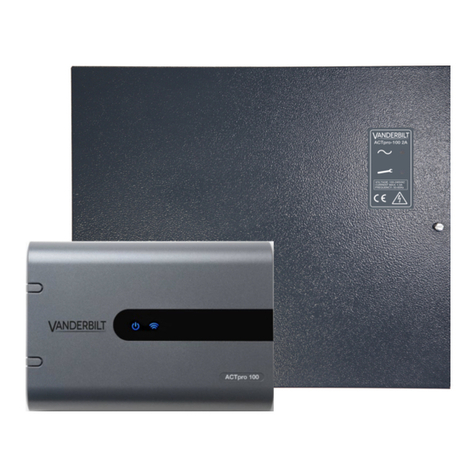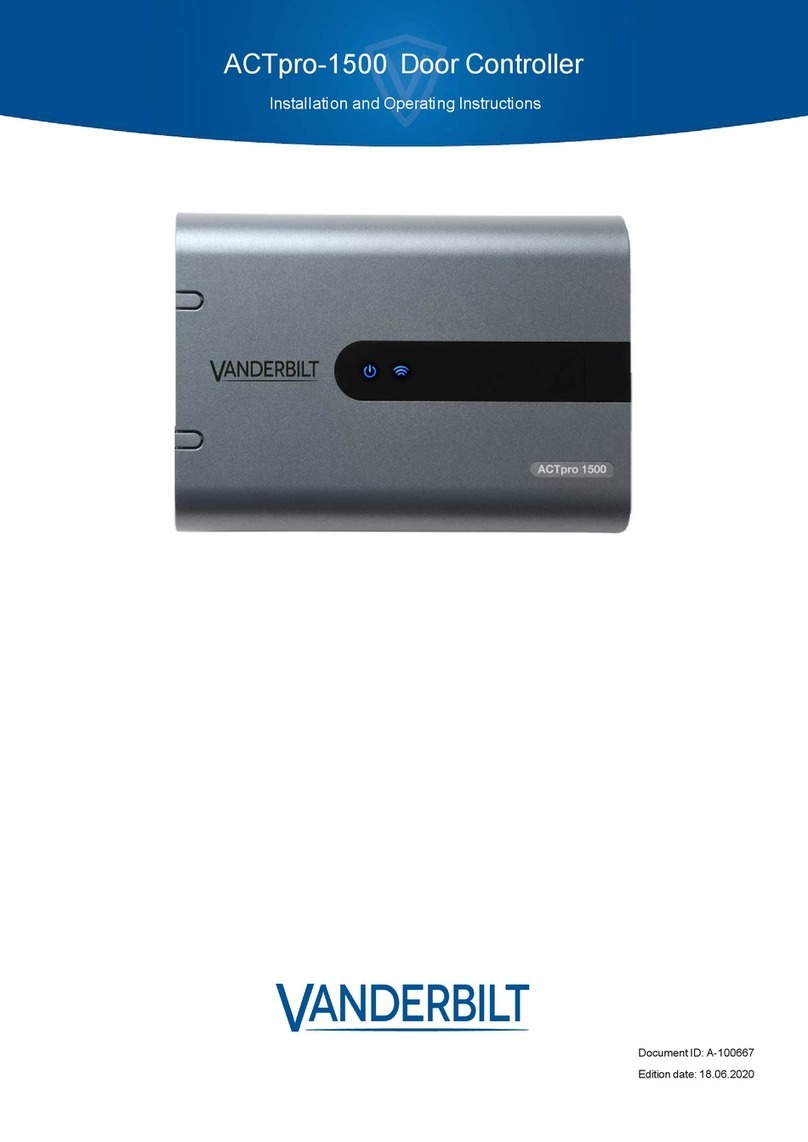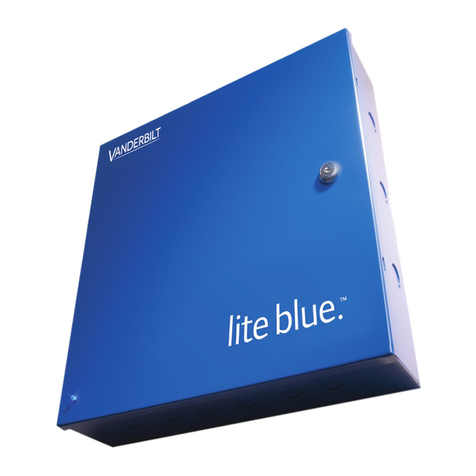
5. Observe Green LED is ON when PoE is present.
6. Observe Load equipment indicates power is present.
7. Remove POE IN cable and observe load equipment continues to indicate power is present.
8. Reconnect PoE INPUT cable.
2.3.3 Troubleshooting
In the event of loss of PoE++ to the ACT365-ACUPoE, the PoE Fault signal contact will open and the
Green LED will turn off, the ACT365-ACUPoE will continue to deliver up to 13.8V 3A of power to the load
until the battery reaches its Deep Discharge protection limit.
If the output of the ACT365-ACUPoE fails, the cause of the failure should be investigated, for example, a
short circuit load, or connection of a deeply discharged battery. The fault should be rectified before
restoring power to the ACT365-ACUPoE. If any of the fuses require replacing, ensure the correct fuse
rating and type is used. A spare fuse is supplied with the controller.
Battery charging will only start after a compliant PoE power source is connected to ACT365-ACUPoE, it
will not start up on battery. Ensure only a healthy 12V battery is fitted to the system.
2.3.4 Tamper
A tamper condition is reported in software.
1. Check that the tamper switch is:
lClosed when the enclosure is mounted on the wall, lid is closed, and the lid screw is fitted.
lOpen when the lid is open.
2. Close cover and secure using fastening screw(s) provided.
ACT365-ACU / ACT365-ACU2A / ACT365-ACUPoE – Installation Instructions Installation
© Vanderbilt 2019 10 A-100521-c
15.03.2019
